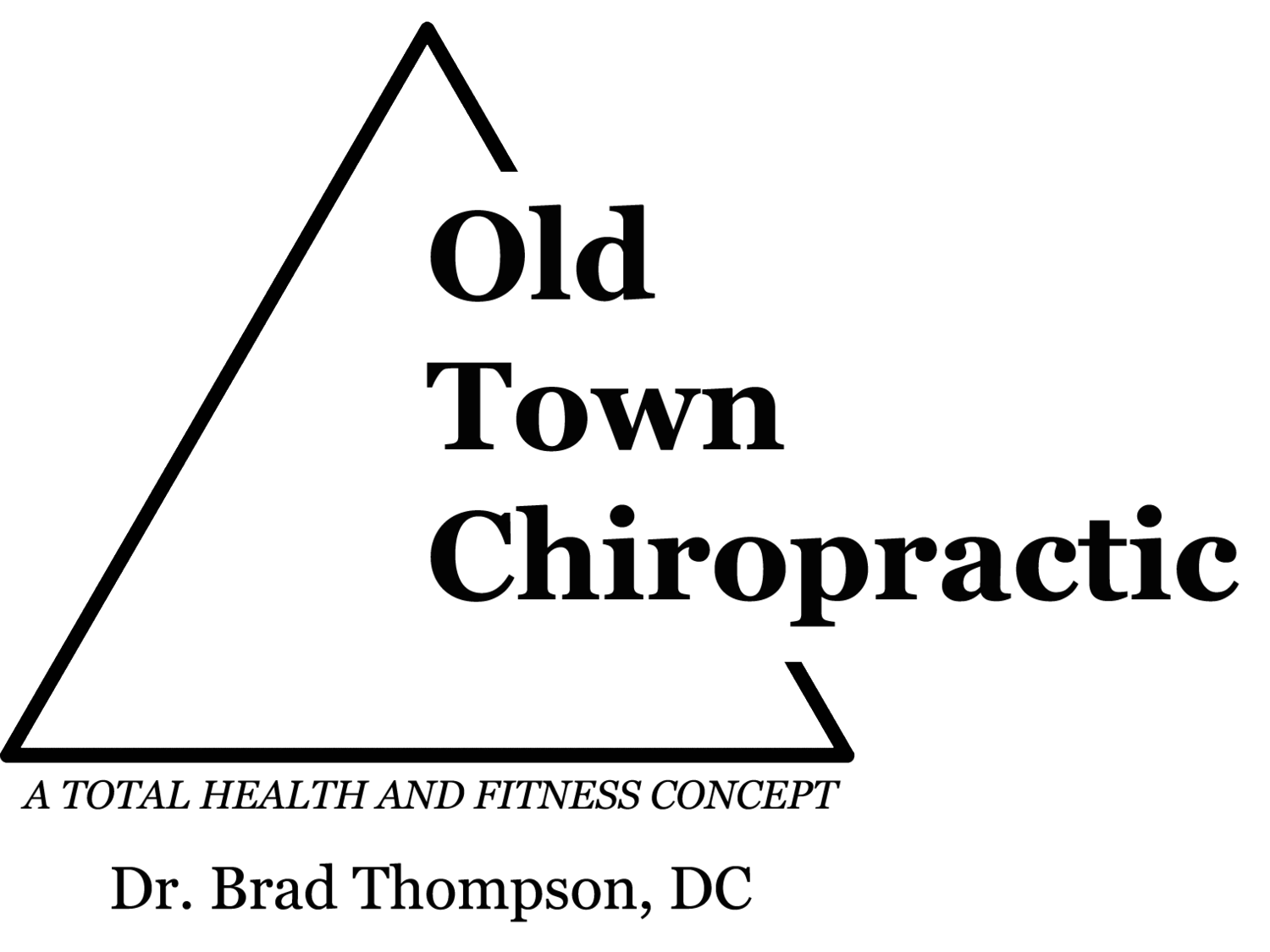Back Pain in the Car
Do you spend more than an hour a day in your car? You’re not alone -- 85% of Americans commute by car, reporting an average of 50 minutes a day behind the wheel. Bad positioning in your vehicle can quickly add up to back pain. Here’s how to make your commute less taxing on your back.
- Get the right vehicle. If you’re debating between a wagon and a minivan, or a sports car and a sedan, the bigger vehicle is usually the better choice -- for your back, not necessarily the environment. “Bigger cars allow you to make more adjustments in your seating,” explains Polivka. The more vertically you can sit, allowing you to keep your knees level with or below your hips, the better for your back. “That puts the least compression on your lumbar spine.”
- Set your seat properly. Don’t push it so far back that you have to lean and hunch forward to reach the steering wheel.
- Play with pillows. Some people rush right out and buy support pillows for use in their car, only to find it useless for their specific needs. “Get a few towel rolls and small throw pillows from home and try them out,” Polivka says. “Some people need support higher, between their shoulder blades, while others need something lower at their lumbar spine. Try before you buy.”
- Take breaks. If you have a long trip ahead of you, stop about every hour to stand, stretch, and redistribute your weight.
Protect Your Back at Work
Many of us are desk jockeys. We sit through most of our day, often in the same position, hour after hour, talking on the phone and staring at computer screens. Is it any wonder we’re stiff?
“Sitting hurts your back more than standing,” says Trent Nessler, PT, DPT, MPT, a vice president with Champion Sports Medicine in Birmingham, Alabama. “That’s because your legs are shock absorbers, and when you sit, you end up putting all that weight on your spine. Most of us let our chests fall forward and slump when we sit, which dramatically increases the pressure on the spine.”
- Position your computer properly. You should be seated at eye level to your screen, so that you don’t have to look too far down or too far up to do your work.
- Sit smart. You don’t necessarily need the perfect, custom ergonomic chair, Nessler says. “There are lots of expensive, ergonomic chairs, but nothing replaces common sense.” Get a chair that provides support for your middle and lower back. “If your knees are at 90 degrees and your spine is at a neutral posture, that’s the right position for you.”
- Use a footrest. “If the balls of your feet are supported on something, it makes it easier to rest on the ‘sit bones’ deep in your glutes, which helps unload your spine,” Polivka says.
- Take a break. Set a timer on your computer and, every 45-50 minutes, get up for a few minutes to stretch and walk around. When you sit back down, make sure you’re getting into a supported position with a neutral spine -- neither slumped forward nor pushed back.

